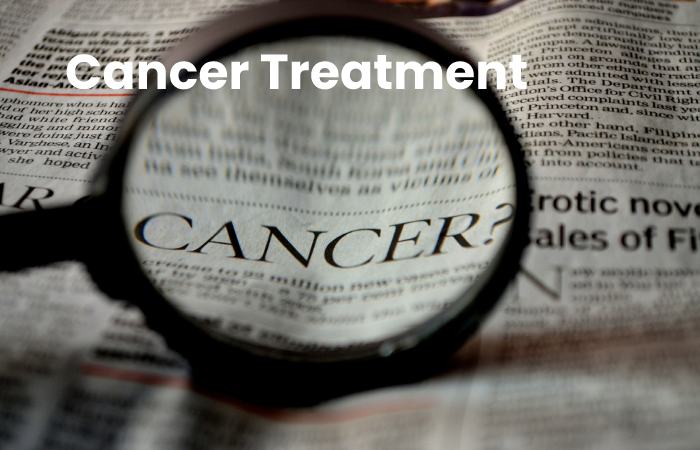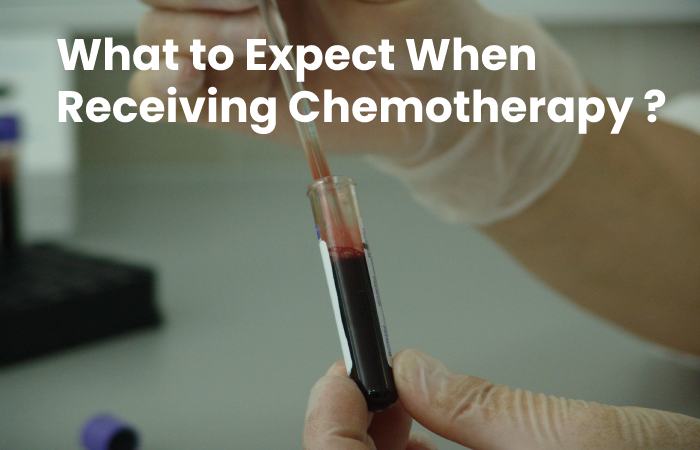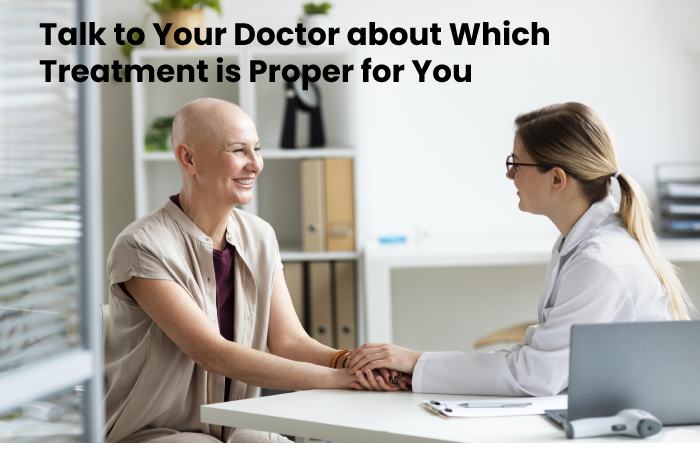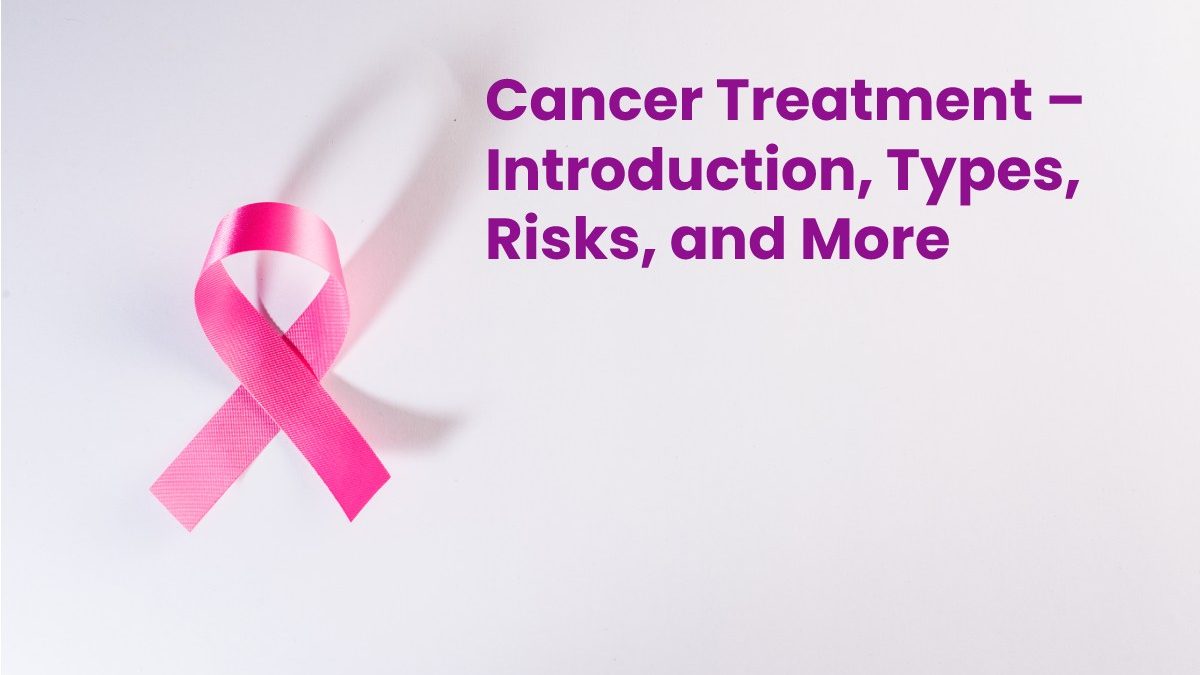Table of Contents
Cancer Treatment

Cancer Treatment – If your doctor recently told you that you have Cancer, they may have recommended certain types of treatment. The best treatment for you depends on the following:
The kind of Cancer you have.
How far Cancer has spread in your body. It is called a stage or phase. When recommending treatment, your doctor will also consider your age and any other health problems you may have. Thus, cancer treatment constructs the stage of Cancer. Firstly, sometimes treatment is intend at curing Cancer. Thus, the goal is to stop cancer from progressing.
Common Types of Cancer Treatment
Cancer Treatment Might Include:
Surgery: Therefore, an operation in which doctors cut and remove tissue with cancer cells.
Chemotherapy: Special drugs that shrink or kill cancer cells.
Hormone treatment: Stops cancer cells from getting the hormones they need to raise.
Immunotherapy: A treatment that works with the body’s immune system to help fight cancer cells or control the side effects of other cancer treatments.
Stem cell transplant (bone marrow transplant): Replaces bone marrow cells lost due to very high doses of chemotherapy or radiation therapy. It is most often used to treat blood and lymph nodes cancers.
How to Stay Healthy during Cancer Treatment
If you get chemotherapy to treat cancer, you are more likely to get an infection. Study how to prevent infections during chemotherapy and learn other ways to stay healthy.
1. Chemotherapy
Chemotherapy drugs treat Cancer by killing fast-dividing cells in the body.
2. Neutropenia
White plasma cells are good cells that help the body fight infection. Chemotherapy kills many of these cells.
3. Infection
Germs arrive in your form. Without white blood cells, your body can’t kill germs before starting chemotherapy. For that reason, you are more likely to get sick.
How can I Avoid Getting an Infection During Chemotherapy?
To Reduce the Risk of Infection:
- Please wash your hands often, and ask family members, visitors, and health care providers to wash their hands.
- vaccinate against influenza (flu) every year and encourage your family and friends to get vaccination.
- Ask your doctor if you need to vaccinate against pneumococcus. Also, ask your doctor about the best types of vaccines and when you should contact them.
- Take a shower or bath with warm water and mild soap every day.
- Brush your teeth several times a day with a soft toothbrush.
- Protect yourself from cuts: Be very careful when handling sharp objects and wear gloves when gardening or cleaning.
- Call your specialist right away if you notice any signs of infection, especially a fever.
What Else Can I Do to Stay Healthy?
You can lower your risk of getting Cancer again by making healthy choices like the following:
- Stay away from tobacco. Try to quit smoking external iconic you smoke. Stay away from other people’s smoke.
- Limit the amount of alcohol you drink.
- Guard your skin against exposure to the sun’s ultraviolet rays and avoid tanning beds.
- Eat lots of fruits and vegetables.
- Maintain a healthy weight.
- It is being physically active.
How to Stay Mentally and Emotionally Healthy During Cancer Treatment?
Being told you have Cancer is scary. It is normal to feel worried, sad, scared, or angry. Some cancer treatments can also affect your feelings or make it hard to focus or remember things.
What Can I Do?
Therefore, talk to your doctor or other health care provider. Your health care team can help or refer you to mental health services. Seek support from family, friends, people of your same faith, a support group, or a psychologist. Stay as active as you can. However, physical activity links to lower rates of depression among cancer survivors.
What to Expect When Receiving Chemotherapy?

How is Chemotherapy Completed?
Chemotherapy can give in Many Ways. Some Common Forms are:
- Oral
- Chemotherapy meditates as tablets, capsules, or liquids that swallows.
- Intravenous
- Chemotherapy operates through a vein.
- Injection
- Chemotherapy completes by injection into a muscle in the arm, thigh, hip, or directly under the skin in the fatty part of the arm, leg, or abdomen.
- intrathecal
- Chemotherapy injects into the space between the layers of tissue that cover the brain and spinal cord
- intraperitoneal
- The chemotherapy goes straight into the peritoneal cavity, which is the area of your body that
- contains organs such as the intestines, stomach, and liver.
- intra-arterial
- Chemotherapy is injected directly into the artery leading to Cancer.
- Current
- Chemotherapy comes in the form of a cream applied to the skin.
- Chemotherapy operates through a thin needle inserted into your hand or arm vein.
- Intravenous chemo can also be delivered through catheters or ports, sometimes with the help of a pump.
Catheter
A catheter is a thin, smooth tube. A specialist or nurse places one end of the catheter into a large vein, often in the chest. The other end of the catheter remains external to the body. Most catheters are left in place until chemotherapy treatments finish. Catheters can also be used for other medications and to draw blood. Besides, be sure to watch for a symbol of infection around your catheter. See the section on disorders for more information.
Port
A port is a small disk placed under the skin for minor surgery. A surgeon places it before your treatment begins and is left there until it finishes. A catheter joins the port to a large vein, usually in the chest. Your nurse may insert a needle into your port to give you chemotherapy or draw blood. Besides, be sure to watch for signs of contamination around your dock. See the section on disorders for more data.
Pump
Pumps attached to catheters or ports. How quickly and allow you to receive chemotherapy outside the hospital. Pumps can be internal or external. External pumps stay outside your body—internal pumps place under the skin during an operation.
Talk to Your Doctor about Which Treatment is Proper for You for Your Cancer Treatment.

Therefore, choosing the proper treatment for you can be difficult. Talk to your cancer doctor about the treatments available for your type and stage of cancer. Therefore, your doctor will be able to explain the risks and benefits of each treatment and its side effects.
Conclusion of Cancer Treatment
Cancer is a disease causes when cells split uncontrollably and spread into surrounding tissues. Therefore, changes to DNA cause cancer. Thus, most cancer-causing DNA variations occur in sections of DNA called genes. Thus, these changes are also called genetic changes.
Also Read : Chemotherapy in the 1930s – Introduction, Types, Risks, and More


